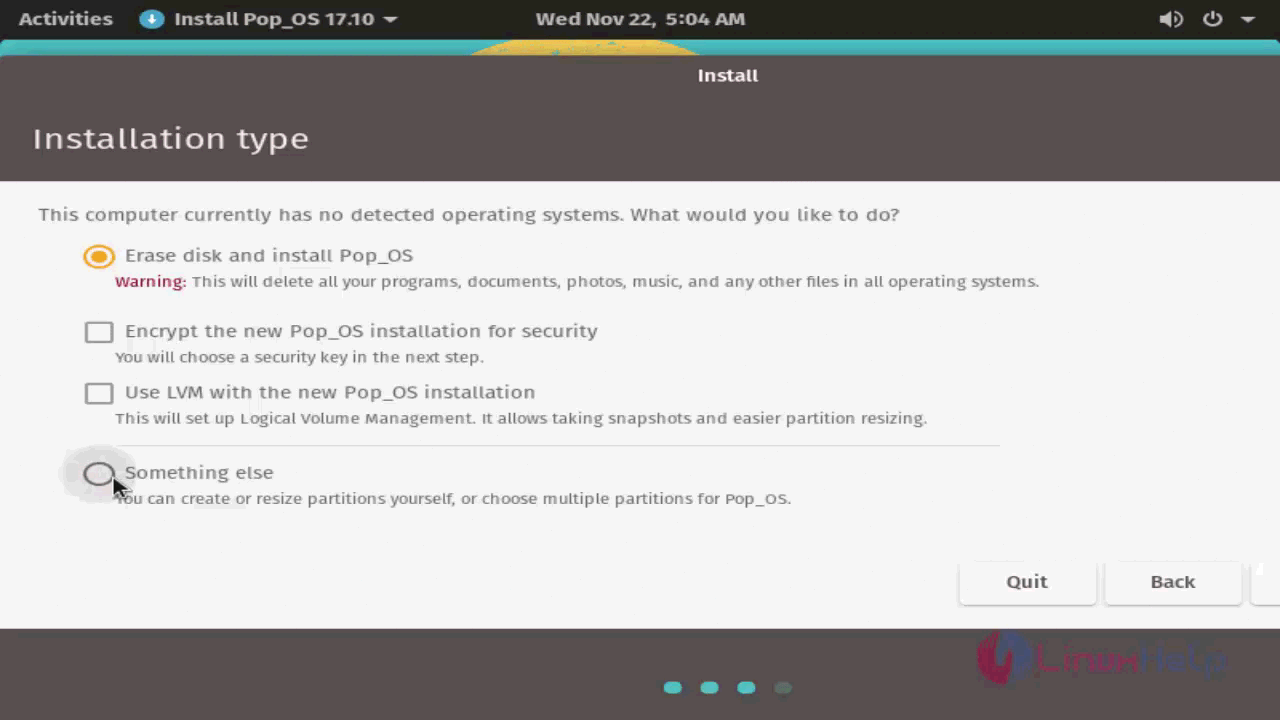I'm an inexperienced user. I have two of these machines.
In the first one, I installed a 2TB samsung NVME and a 32gb corsair ram. It's running Ubuntu 20.04. It's working just fine and as intended.
I ordered another bare bones i7 and intended to install my 1TB Samsung NVME and the other 32gb corsair (which I got together with the first 32gb.)
I tried to install Kali linux from a live USB but after installation, and removal of the usb stick, it boots up into a neverending loop. It never gets past the loading screen. I also tried two different distros, Ubuntu and Linux Mint. The same thing happens. Install from liveUSB, remove usb installer, then boot, loading screen, reset. It works fine from the live session on anything I'm running.
At first I thought the Kali installer had messed something up with the GRUB bootloader since during the install, it asked some questions about installing it on the same partition. I didn't understand what I was doing, so I'm not sure if that was the problem or not. I'm starting to think this new system is faulty somehow.
This is supposed to be a backup machine in the event my other one goes down. Everything is the same (afaik) except that the NVMEs are different capacities. I checked the power supply, and while the construction is slightly different, it's the same amps, volts, etc.
In the first one, I installed a 2TB samsung NVME and a 32gb corsair ram. It's running Ubuntu 20.04. It's working just fine and as intended.
I ordered another bare bones i7 and intended to install my 1TB Samsung NVME and the other 32gb corsair (which I got together with the first 32gb.)
I tried to install Kali linux from a live USB but after installation, and removal of the usb stick, it boots up into a neverending loop. It never gets past the loading screen. I also tried two different distros, Ubuntu and Linux Mint. The same thing happens. Install from liveUSB, remove usb installer, then boot, loading screen, reset. It works fine from the live session on anything I'm running.
At first I thought the Kali installer had messed something up with the GRUB bootloader since during the install, it asked some questions about installing it on the same partition. I didn't understand what I was doing, so I'm not sure if that was the problem or not. I'm starting to think this new system is faulty somehow.
This is supposed to be a backup machine in the event my other one goes down. Everything is the same (afaik) except that the NVMEs are different capacities. I checked the power supply, and while the construction is slightly different, it's the same amps, volts, etc.


